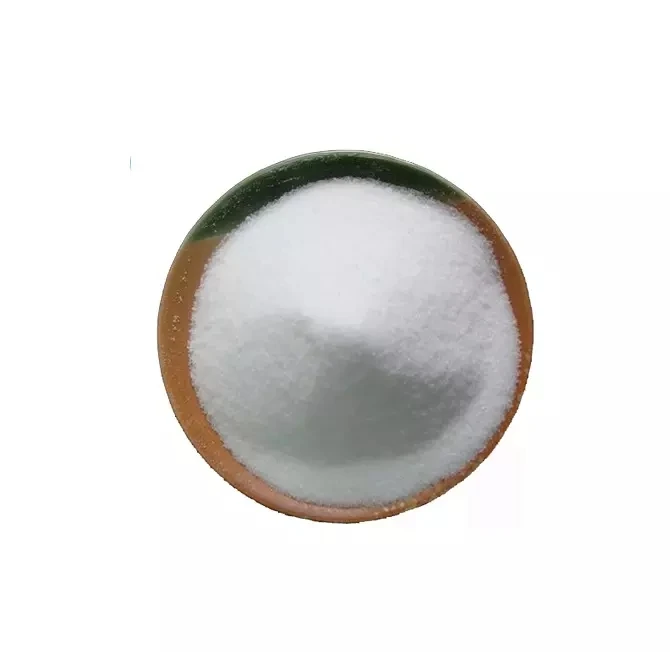Warning: Undefined array key "title" in /home/www/wwwroot/HTML/www.exportstart.com/wp-content/themes/1198/header.php on line 6
Warning: Undefined array key "file" in /home/www/wwwroot/HTML/www.exportstart.com/wp-content/themes/1198/header.php on line 7
Warning: Undefined array key "title" in /home/www/wwwroot/HTML/www.exportstart.com/wp-content/themes/1198/header.php on line 7
Warning: Undefined array key "title" in /home/www/wwwroot/HTML/www.exportstart.com/wp-content/themes/1198/header.php on line 7
- Afrikaans
- Albanian
- Amharic
- Arabic
- Armenian
- Azerbaijani
- Basque
- Belarusian
- Bengali
- Bosnian
- Bulgarian
- Catalan
- Cebuano
- China
- China (Taiwan)
- Corsican
- Croatian
- Czech
- Danish
- Dutch
- English
- Esperanto
- Estonian
- Finnish
- French
- Frisian
- Galician
- Georgian
- German
- Greek
- Gujarati
- Haitian Creole
- hausa
- hawaiian
- Hebrew
- Hindi
- Miao
- Hungarian
- Icelandic
- igbo
- Indonesian
- irish
- Italian
- Japanese
- Javanese
- Kannada
- kazakh
- Khmer
- Rwandese
- Korean
- Kurdish
- Kyrgyz
- Lao
- Latin
- Latvian
- Lithuanian
- Luxembourgish
- Macedonian
- Malgashi
- Malay
- Malayalam
- Maltese
- Maori
- Marathi
- Mongolian
- Myanmar
- Nepali
- Norwegian
- Norwegian
- Occitan
- Pashto
- Persian
- Polish
- Portuguese
- Punjabi
- Romanian
- Russian
- Samoan
- Scottish Gaelic
- Serbian
- Sesotho
- Shona
- Sindhi
- Sinhala
- Slovak
- Slovenian
- Somali
- Spanish
- Sundanese
- Swahili
- Swedish
- Tagalog
- Tajik
- Tamil
- Tatar
- Telugu
- Thai
- Turkish
- Turkmen
- Ukrainian
- Urdu
- Uighur
- Uzbek
- Vietnamese
- Welsh
- Bantu
- Yiddish
- Yoruba
- Zulu
Aug . 20, 2024 21:51 Back to list
Exploring Delicious Recipes Using Xylitol in Your Baking Adventures
Baking with Xylitol A Sweet Alternative for Health-Conscious Bakers
In recent years, xylitol has emerged as a popular sugar substitute among health-conscious individuals and those looking to reduce their sugar intake. Derived from natural sources like birch trees and corn, xylitol is a sugar alcohol that offers sweetness with fewer calories and a lower glycemic index compared to traditional sugar. For those who enjoy baking, incorporating xylitol into recipes can provide a guilt-free way to satisfy a sweet tooth without compromising on flavor.
One of the standout benefits of xylitol is its lower caloric content. While sugar contains about 16 calories per teaspoon, xylitol comes in at only 9 calories. This makes it an attractive option for those mindful of their caloric intake, particularly when indulging in baked goods. Additionally, xylitol boasts a glycemic index of 7, compared to sugar's glycemic index of 60-70. This means that xylitol does not spike blood sugar levels as quickly, making it a favorable choice for diabetics and anyone trying to manage their blood sugar.
Baking with xylitol is relatively straightforward, but there are a few considerations to keep in mind. Xylitol can be used as a 11 substitute for sugar in most recipes, making it easily applicable for various baked goods. However, because xylitol does not caramelize like sugar, it may not provide the same browning effect in cookies or cakes. To achieve a more appealing color, bakers can try adding a touch of molasses or using an egg wash before baking.
baking with xylitol

Another vital point to note when using xylitol is its effect on texture. In recipes that rely on sugar for structure and moisture, such as cakes and muffins, the final product may be slightly different in texture when xylitol is substituted. For example, cookies made with xylitol may not have the same chewy texture as those made with regular sugar. To counter this, bakers might consider adding an extra egg or a bit more fat to help maintain the desired consistency.
One fantastic feature of xylitol that often goes unnoticed is its dental benefits. Unlike sugar, xylitol does not contribute to tooth decay. In fact, it can help inhibit the growth of bacteria that cause cavities. For families looking to indulge in sweet treats without the negative impacts on oral health, baking with xylitol can be a great solution.
Despite its many advantages, it is crucial to remember that xylitol can be harmful to pets, particularly dogs. While xylitol is safe for human consumption, it can cause a rapid insulin release in dogs, leading to hypoglycemia and other serious health issues. Therefore, bakers should be sure to store xylitol-containing goods out of reach of pets and educate family members about the risks.
In conclusion, baking with xylitol provides an excellent alternative for those looking to enjoy sweet treats while maintaining a healthier lifestyle. With its lower calorie content, minimal impact on blood sugar levels, and dental benefits, xylitol is a versatile sweetener that can be integrated into many traditional recipes. As with any ingredient, experimentation is key. Whether you are looking to satisfy a sugar craving or impress guests with your baking skills, xylitol offers a delicious way to do so without the guilt. So, grab your mixing bowls and explore the world of xylitol baking – your taste buds and your health may just thank you!
Latest news
-
Certifications for Vegetarian and Xanthan Gum Vegetarian
NewsJun.17,2025
-
Sustainability Trends Reshaping the SLES N70 Market
NewsJun.17,2025
-
Propylene Glycol Use in Vaccines: Balancing Function and Perception
NewsJun.17,2025
-
Petroleum Jelly in Skincare: Balancing Benefits and Backlash
NewsJun.17,2025
-
Energy Price Volatility and Ripple Effect on Caprolactam Markets
NewsJun.17,2025
-
Spectroscopic Techniques for Adipic Acid Molecular Weight
NewsJun.17,2025

